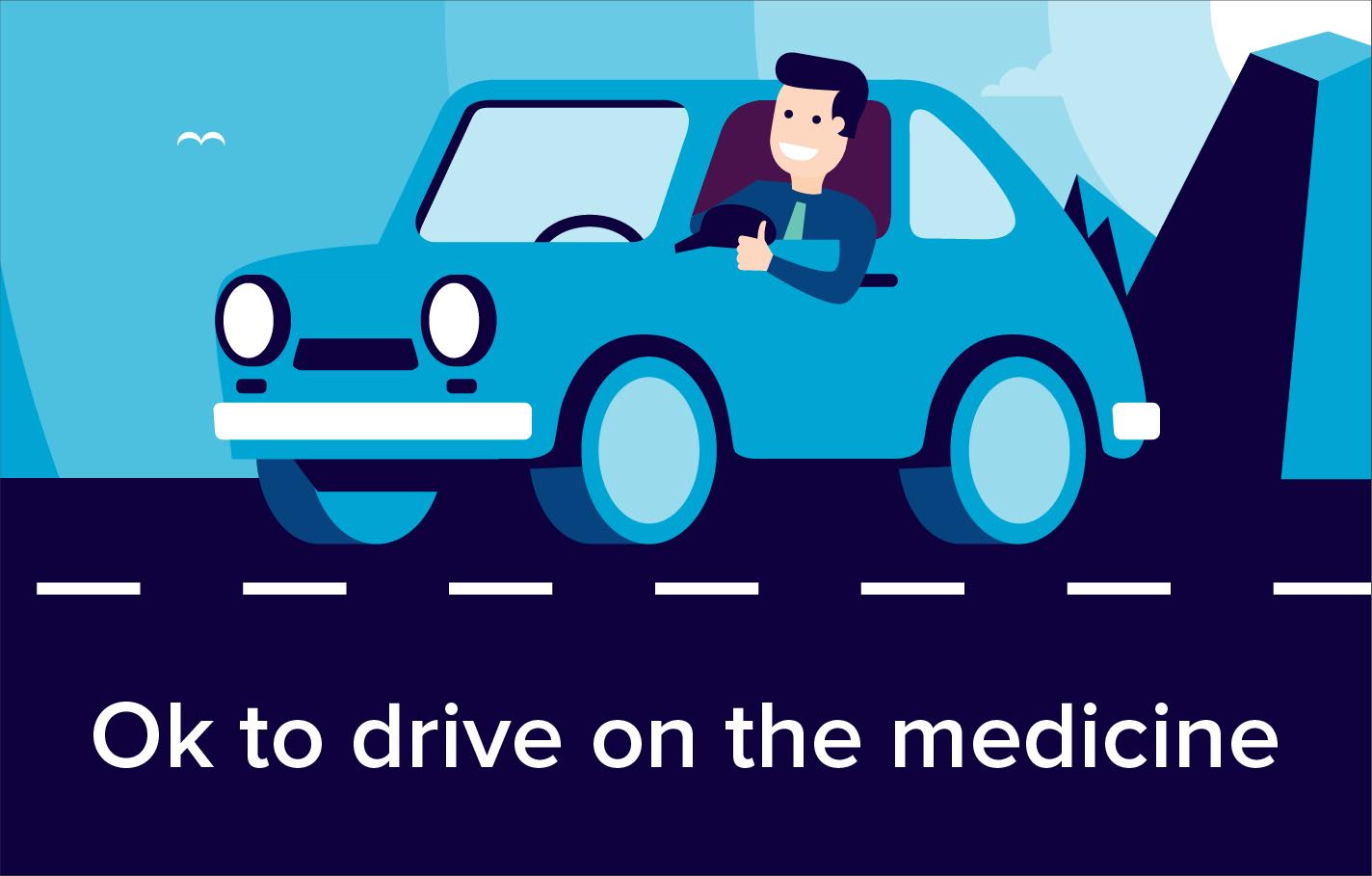You have been prescribed Plavix to help prevent blood clots and reduce the risk of these severe events.

Why have I been prescribed Plavix?
You have been prescribed Plavix to help prevent blood clots and reduce the risk of these severe events because:
- You have a condition of hardening of arteries (also known as atherosclerosis), and
- You have previously experienced a heart attack, stroke or have a condition known as peripheral arterial disease, or
- You have experienced a severe type of chest pain known as ‘unstable angina’ or ‘myocardial infarction’ (heart attack). For the treatment of this condition your doctor may have placed a stent in the blocked or narrowed artery to restore effective blood flow.
You should also be given acetylsalicylic acid-Aspirin- (a substance present in many medicines used to relieve pain and lower fever as well as to prevent blood clotting) by your doctor.
How does it work?
- Plavix belongs to a group of medicines called antiplatelet medicinal products.
- Platelets are very small structures in the blood, smaller than red or white blood cells, which clump together during blood clotting.
- By preventing this clumping, antiplatelet medicinal products reduce the chances of blood clots forming.
When and how do I take it?
Always take Plavix exactly as your doctor has told you. You should check with your doctor or pharmacist if you are not sure. Usually taken once a day in the morning.
What’s the dose?
- If you have experienced severe chest pain (unstable angina or heart attack), your doctor may give you 300 mg of Plavix (1 tablet of 300 mg or 4 tablets of 75 mg) once at the start of treatment.
- Then, the usual dose is one 75 mg tablet of Plavix per day to be taken orally with or without food and at the same time each day.
Could it interact with other tablets?
- Some other medicines may influence the use of Plavix or vice versa. Please tell your doctor or pharmacist if you are taking or have recently taken any other medicines, including medicines obtained without a prescription.
- The use of oral anticoagulants (medicines used to reduce blood clotting) with Plavix is not recommended.
- You should specifically tell your doctor if you take a non-steroidalanti-inflammatory medicinal product, usually used to treat painful and/or inflammatory conditions of muscle or joints, or if you take heparin or any other medicine used to reduce blood clotting, or if you take a proton pump inhibitor (e.g, omeprazole) for upset stomach.
- If you have experienced severe chest pain (unstable angina or heart attack), you may be prescribed Plavix in combination with acetylsalicylic acid, a substance present in many medicines used to relieve pain and lower fever. An occasional use of acetylsalicylic acid (no more than 1,000 mg in any 24 hour period) should generally not cause a problem, but prolonged use in other circumstances should be discussed with your doctor.
Herbal products should also only be taken after talking with your doctor.
What are the possible risks or side-effects?
Like all medicines, Plavix can cause side effects, although not everybody gets them.
Contact your doctor immediately if you experience:
- fever, signs of infection or extreme tiredness. These may be due to rare decrease of some blood cells.
- signs of liver problems such as yellowing of the skin and/or the eyes (jaundice), whether or not associated with bleeding which appears under the skin as red pinpoint dots and/or confusion.
- swelling in the mouth or skin disorders such as rashes and itching, blisters of the skin. These may be the signs of an allergic reaction.
The most common side effect (affects 1 to 10 patients in 100) reported with Plavix is bleeding. Bleeding may occur as bleeding in the stomach or bowels, bruising, haematoma (unusual bleeding or
bruising under the skin), nose bleed, blood in the urine. In a small number of cases, bleeding in the eye, inside the head, the lung or the joints has also been reported.
If you cut or injure yourself, it may take longer than usual for bleeding to stop. This is linked to the way your medicine works as it prevents the ability of blood clots to form. For minor cuts and injuries e.g., cutting yourself, shaving, this is usually of no concern. However, if you are concerned by your bleeding, you should contact your doctor straightaway.
Other side effects reported with Plavix are:
Common side effects (affects 1 to 10 patients in 100):
- Diarrhoea
- abdominal pain
- indigestion or heartburn
Can I drink alcohol while taking it?
There are no known interactions between alcohol and Plavix.
Always ask you doctor or pharmacist however as other medications you are taking may have a bearing on this.
What if I’m pregnant/breastfeeding?
It is preferable not to use this product during pregnancy and breast-feeding. If you are pregnant or suspect that you are pregnant, you should tell your doctor or your pharmacist before taking Plavix. If you become pregnant while taking Plavix, consult your doctor immediately as it is recommended not to take clopidogrel while you are pregnant.
If you have any more questions please ask your Pharmacist.
Remember to keep all medicines out of reach of children
Please Note: We have made every effort to ensure that the content of this information sheet is correct at time of publish, but remember that information about drugs may change. This sheet does not list all the uses and side-effects associated with this drug. For full details please see the drug information leaflet which comes with your medicine. Your doctor will assess your medical circumstances and draw your attention to any information or side-effects which may be relevant in your particular case.
References:
https://en.wikipedia.org/wiki/Clopidogrel
http://www.drugs.com/plavix.html
http://www.rxlist.com/plavix-drug.htm
http://www.emedicinehealth.com/drug-clopidogrel/article_em.htm
http://www.medicinenet.com/clopidogrel-oral/article.htm
http://www.fda.gov/downloads/Drugs/DrugSafety/UCM243349.pdf


